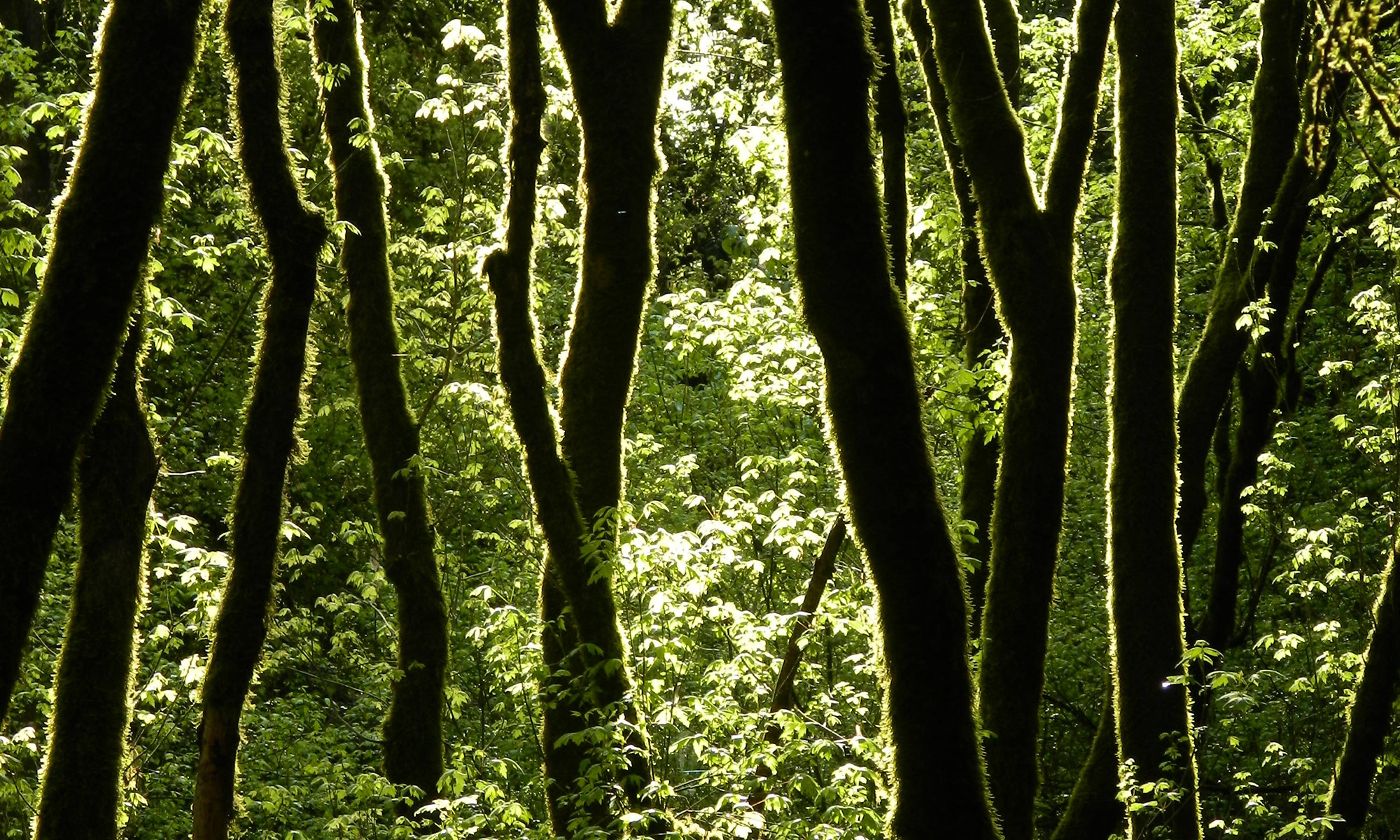
SAGAMINOKUNI Ginkgo
相模国銀杏(サガミノクニイチョウ)
産地;神奈川県(県木)
銀杏は生きた化石といわれ、世界最古の樹木です。ベルム期(約2.7億年前)に銀杏の祖先が誕生します。多くの薬効成分が含まれる植物で、脳の働きなどに影響を与えるといわれています。英語名のGinkgo(ギンコウ)は日本からヨーロッパに銀杏が伝わった時に銀杏(ぎんちょう)が訛りラテン語表記されて、そのまま変わることもなく使われてきたという面白いネーミングの来歴があります。神聖な木としても知られ、神社仏閣に植えられることもあり、横浜では日本大通りや山下公園通りの銀杏並木は有名です。
相模国は神奈川県の大半を占める場所で、奈良時代から律令国の一つで後北条氏、その後は徳川家が領地としていました。
意味合い;長寿、鎮魂、荘厳、忍耐
SAGAMINOKUNI Ginkgo
Origin: Kanagawa Prefecture (Prefectural Tree)
The ginkgo, often called a living fossil, is considered the oldest surviving tree species in the world. Its ancestors appeared during the Permian period, about 270 million years ago. The ginkgo contains numerous medicinal components and is believed to influence brain function. The English name Ginkgo comes from the Japanese word Ginchō, which was transliterated into Latin when the tree was introduced from Japan to Europe — an interesting example of linguistic evolution.
Known as a sacred tree, the ginkgo is often planted at temples and shrines. In Yokohama, the ginkgo-lined streets of Nihon Ōdōri Avenue and Yamashita Park are particularly famous.
The Sagami Province, which once covered most of present-day Kanagawa Prefecture, was one of Japan’s ancient administrative regions during the Nara period. It was later governed by the Hōjō clan and subsequently by the Tokugawa family.
Symbolic meanings: Longevity, Repose of souls, Solemnity, Endurance

